Back when I started this project in March, I was thinking of tagging the sheathing (or somewhere inconspicuous). I was thinking of using something like ‘Quarantine March 2020’. But time got away from me. Now that I am heading toward the finish line, I am using up some paint that I nicknamed ‘Pandemic Pink’.
Pandemic Pink started life as many colors that got mixed together. I have been using it to back paint siding and other things that aren’t seen. This was paint that no longer has a home. It was the wrong shade of yellow, former exterior paint, a former door paint that when mixed together turned into a Pepto-Bismol color.
I do this from time to time, I will mix old paint together to get enough to do some sort of project, as long as it no longer has a use. As long as you don’t particularly care about the final color, it can be quite helpful and cost saving. I learned this trick from my grandfather.

I was painting Pandemic Pink today and I am probably on the second to last panel of remaining paint. I thought that I wanted leave a note about the work that was done so that someone may find it in the future. So, I wrote it in Sharpie on the back of a T1-11 panel that I am going to install tomorrow. I thought that it might be cool to leave a story for someone to find in the future as well as solve the pink mystery.
There is no telling that it will ever be found, especially if this house gets torn down with some kind of machine. I liken it to when service personnel signed bombs before loading them on an aircraft, likely never seen. But you never know.
I encourage you to sign your work or leave a time capsule or some other fun or interesting clues to your work. I would enjoy finding something like that.











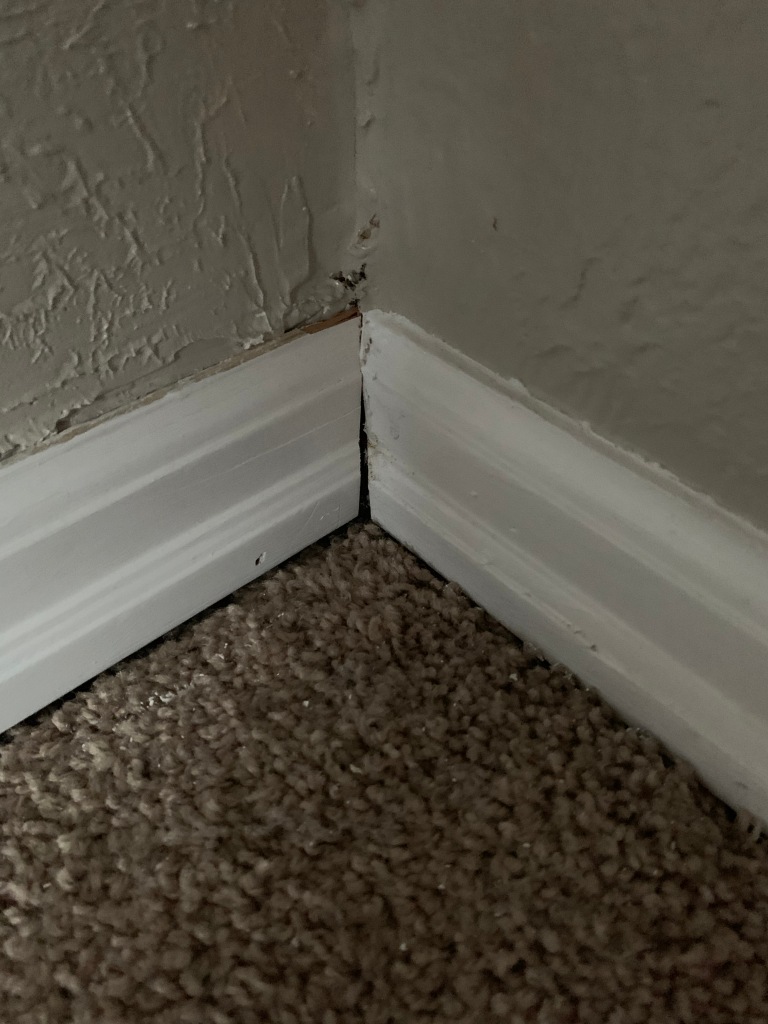




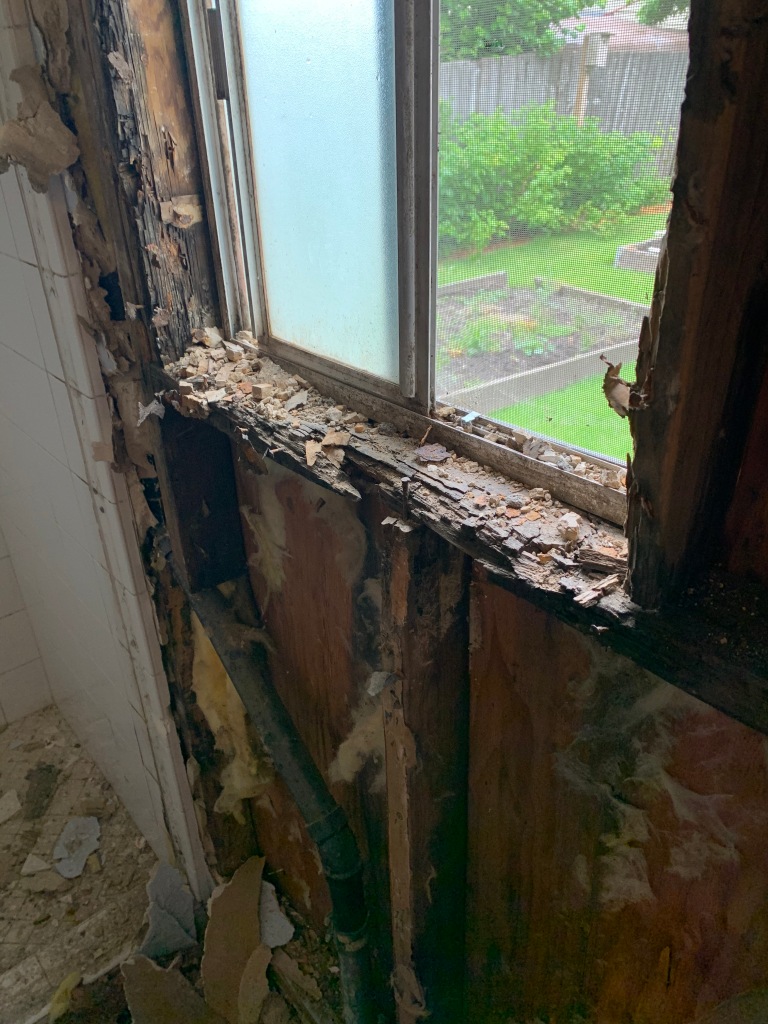
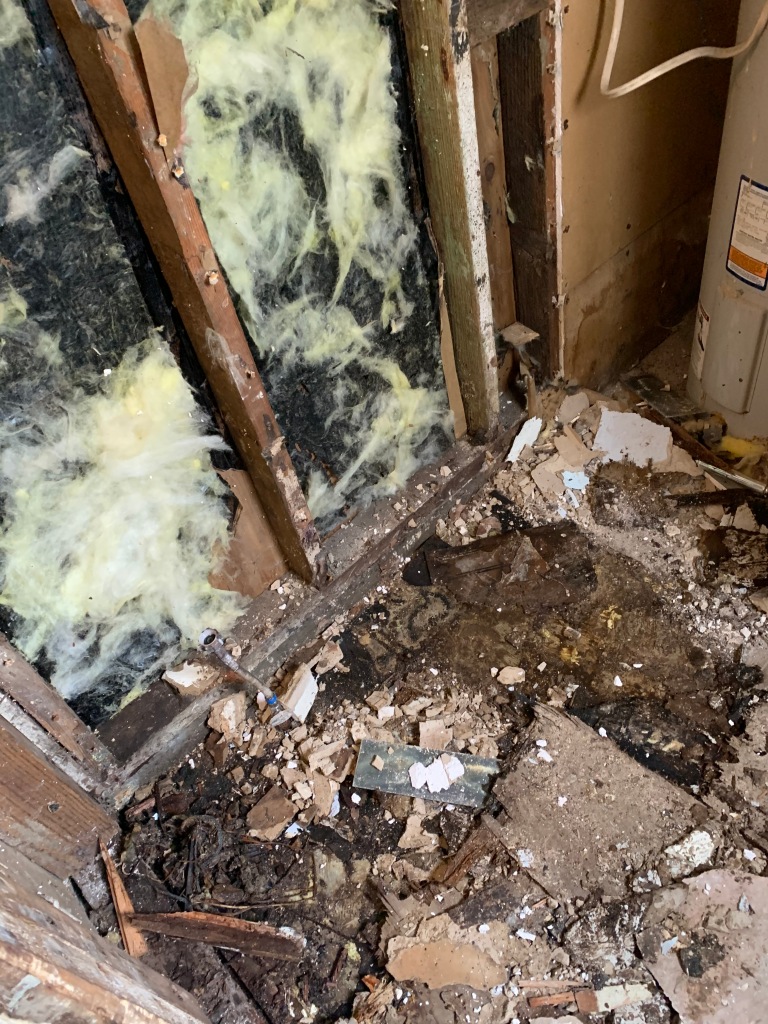
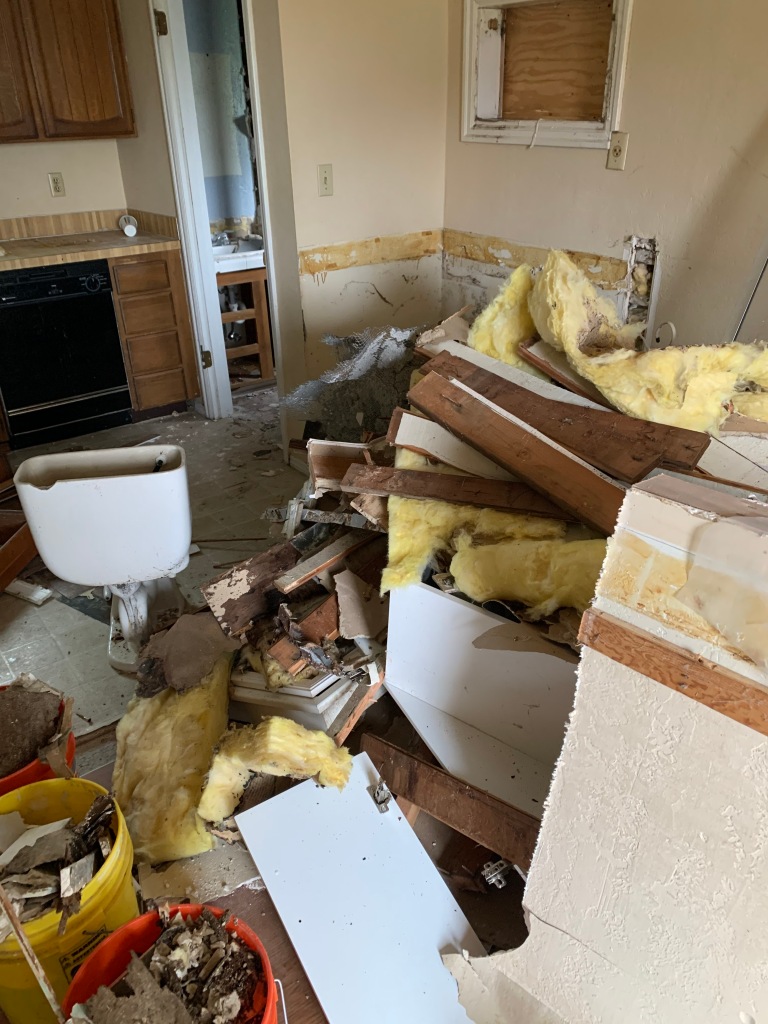
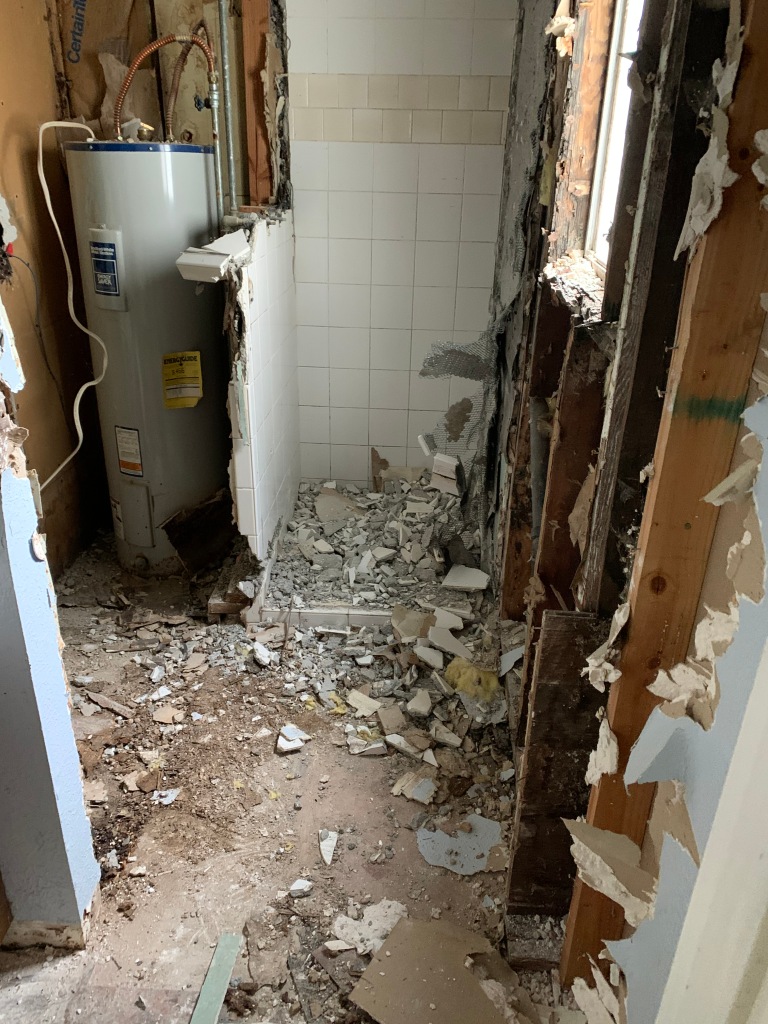




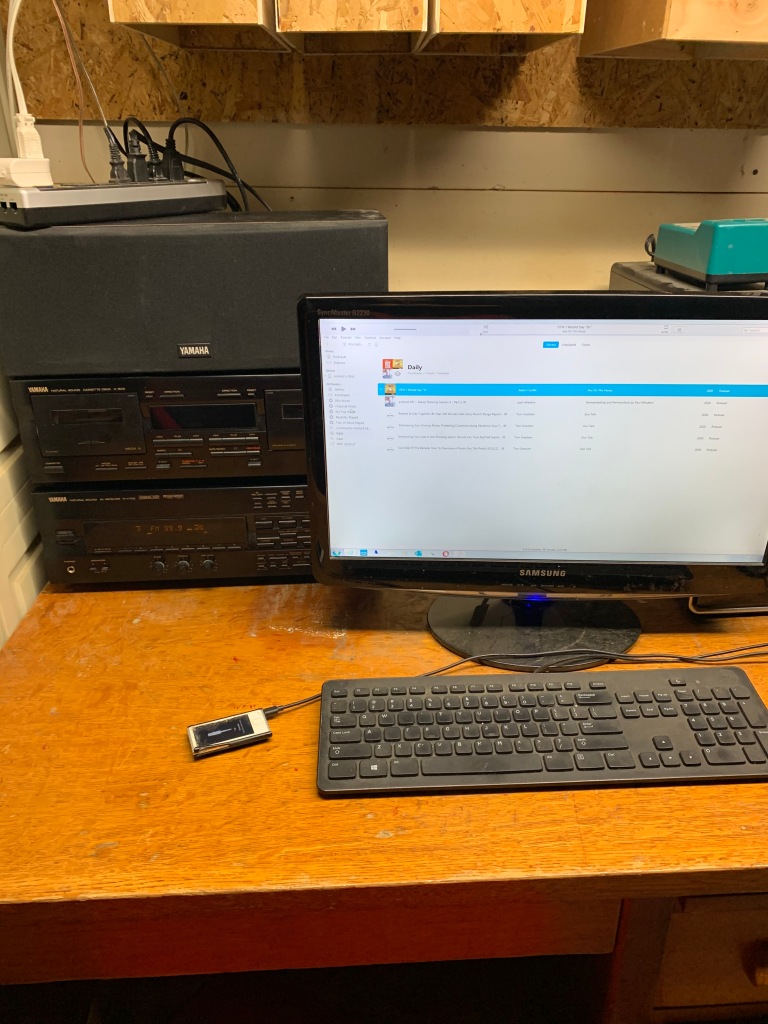


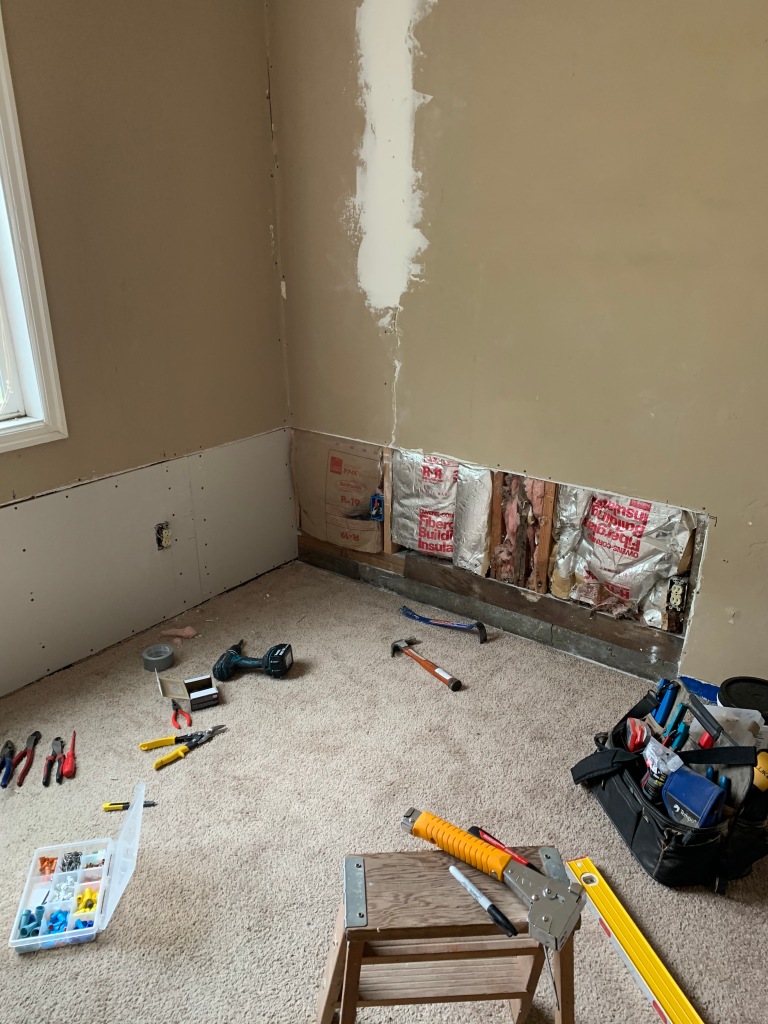
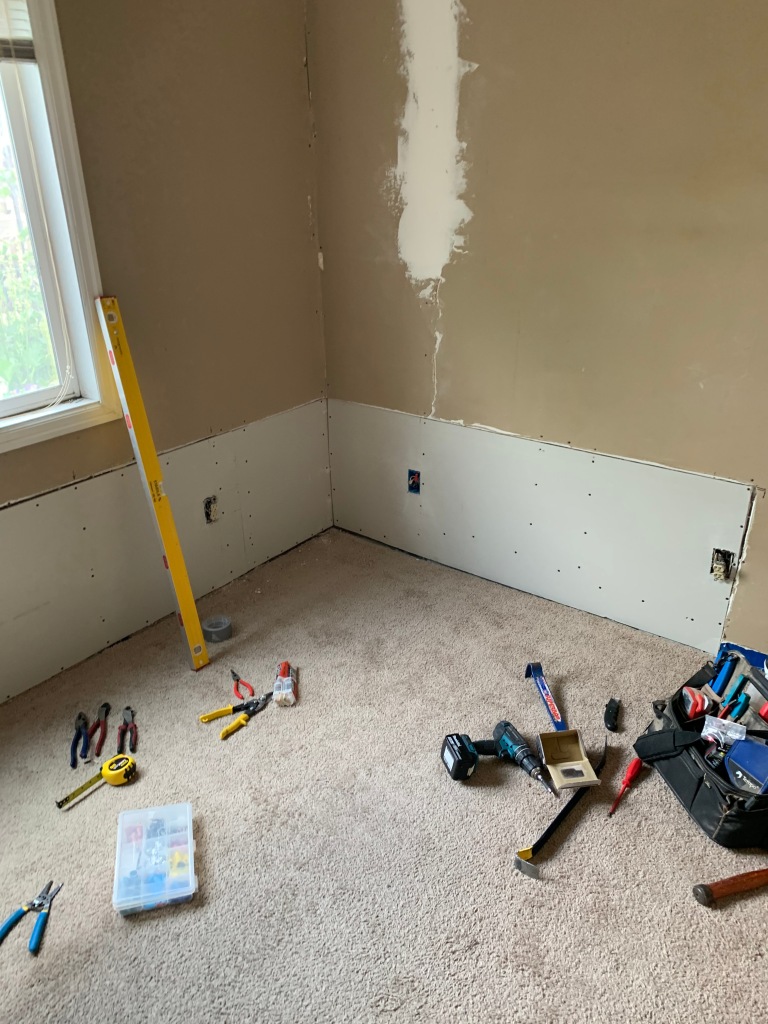

Recent Comments